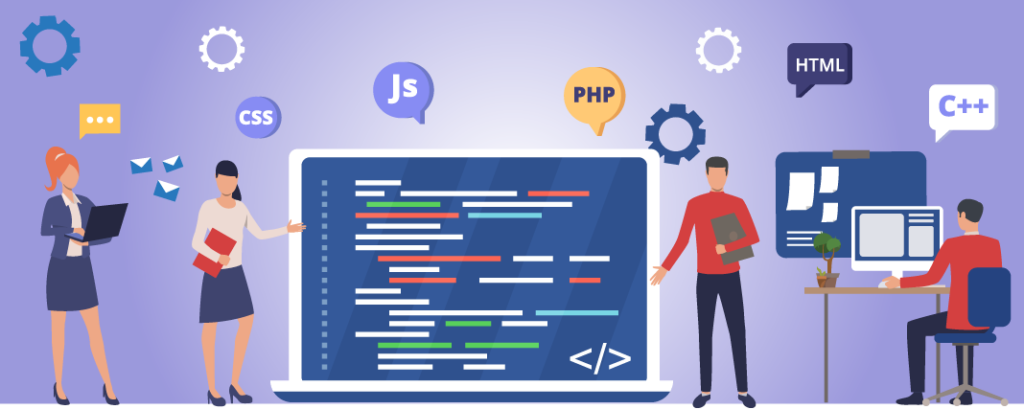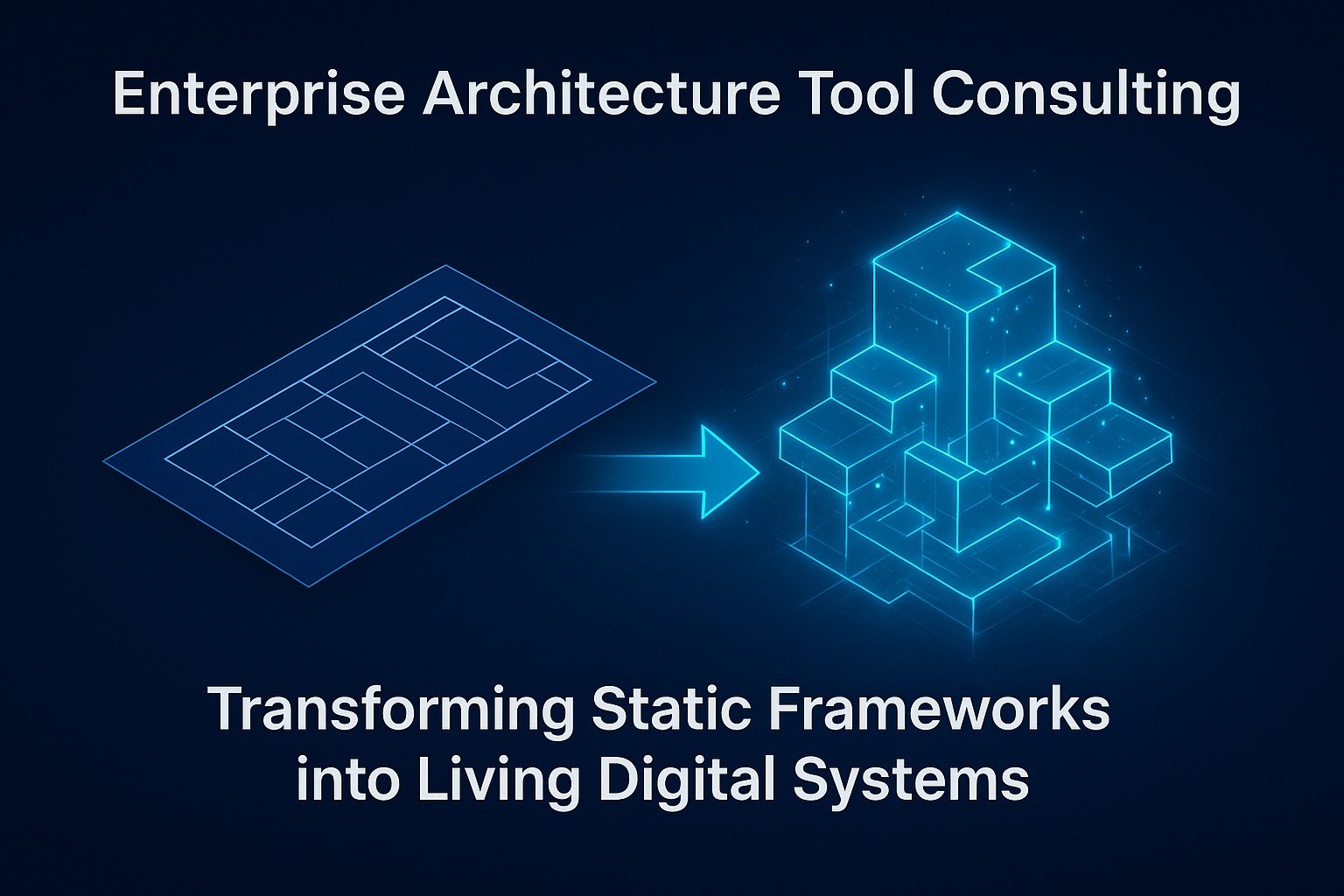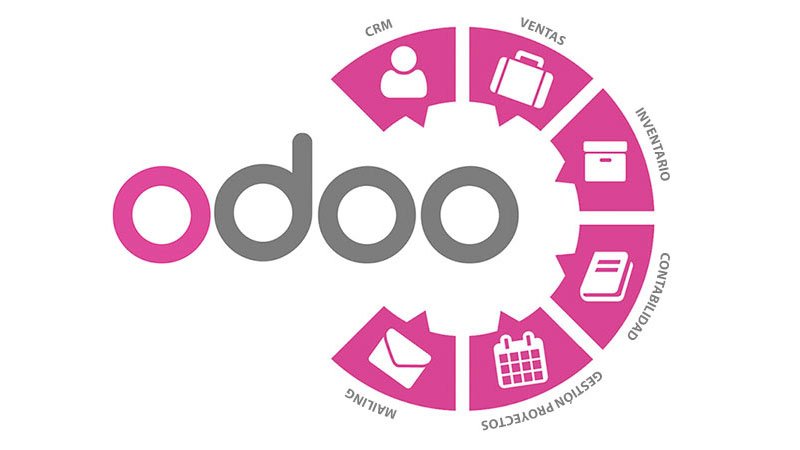The 6 Major Hurdles in Enterprise App Development and How to Solve Them
In today’s fast-paced digital world, businesses rely heavily on enterprise applications to streamline operations, improve productivity, and enhance customer experiences. Enterprise applications are large-scale, complex systems designed to handle a variety of business processes, from human resources to finance and customer relationship management. However, building and maintaining these applications comes with its own set of challenges. These challenges can make the development process time-consuming, costly, and sometimes frustrating for businesses.
In this blog, we will explore the top six challenges in enterprise application development, examine the causes of them and provide workable answers to assist in overcoming them. Let’s get started!

1. Scalability Challenges
As organizations grow, so do their business needs. One of the most significant challenges in enterprise application development is ensuring scalability. Scalability refers to the application’s ability to handle increased traffic, more users, larger datasets, and additional features without performance degradation.
Why It’s a Challenge: As the business expands, the application needs to process a larger volume of data and support more users concurrently. If an application is not designed to scale properly from the outset, it may start to lag, slow down, or even crash when user demand increases.
Solution: To tackle scalability issues, it is crucial to design the application with scalability in mind from the beginning. This can be achieved by:
- Modular Architecture: Structuring the application in smaller, modular components allows you to scale parts of the system independently without affecting the entire application.
- Cloud Computing Platforms: Leveraging cloud computing services such as AWS, Microsoft Azure, or Google Cloud provides auto-scaling capabilities and elastic infrastructure. These platforms help businesses manage increased traffic and data load without manual intervention.
- Microservices Architecture: Breaking the application into smaller services can allow for better distribution of resources and facilitate scaling of each service as required.
- Database Optimization: Properly indexing databases and utilizing data partitioning techniques can improve database performance and scalability.
2. Integration with Legacy Systems
Many enterprises have legacy systems in place, which are older applications or infrastructure that were implemented before modern technologies emerged. Integrating new enterprise applications with these legacy systems can be challenging, as they may not support modern technologies, APIs, or communication protocols.
Why It’s a Challenge: Legacy systems often operate on outdated technologies or closed architectures that make integration with newer systems complex, expensive, and time-consuming.
Solution: The best approach to handling legacy system integration is to use an incremental and hybrid integration strategy. Rather than attempting a complete overhaul of legacy systems, businesses can integrate new applications gradually.
- Middleware Solutions: Using Enterprise Service Buses (ESBs) or API gateways can act as intermediaries, enabling communication between the new and old systems. These tools allow for data exchange and functionality integration while abstracting the complexities of the legacy systems.
- API Integration: Exposing legacy systems via APIs can allow modern applications to communicate with them without the need for a complete system upgrade. This creates an abstraction layer that provides a bridge between old and new technologies.
- Refactoring Legacy Systems: In some cases, refactoring the legacy systems or replacing specific components with modern technologies can help ensure long-term compatibility with new applications.
3. Security Concerns
Enterprise applications store and process vast amounts of sensitive business data, including customer information, financial records, and intellectual property. Ensuring robust security is a top priority, and any breach or vulnerability can lead to significant financial loss, data theft, and damage to the brand’s reputation.
Why It’s a Challenge: Security threats are becoming more sophisticated, and businesses face the constant risk of cyber-attacks, data breaches, or insider threats. Traditional security measures may not be sufficient for modern enterprise applications, which often deal with complex systems and large volumes of sensitive data.
Solution: The first step in addressing security concerns is implementing a strong security architecture. Here’s how businesses can do so:
- Encryption Protocols: Ensuring data is encrypted both at rest and in transit is crucial for maintaining confidentiality and protecting sensitive business data.
- Multi-Factor Authentication (MFA): Implementing MFA for users accessing critical systems helps add an extra layer of security to prevent unauthorized access.
- Role-Based Access Control (RBAC): With RBAC, organizations can restrict access based on the role of each user, ensuring that only authorized personnel can access sensitive data.
- Regular Security Audits: Conducting penetration testing and regular vulnerability assessments can help identify weaknesses before they are exploited by malicious actors.
- Secure Coding Practices: Development teams should follow secure coding guidelines to prevent common vulnerabilities such as SQL injection or cross-site scripting (XSS).
4. High Development Costs and Timeframes
Enterprise applications are typically large and require a significant amount of time, effort, and resources to develop. This results in high development costs, which can be a significant concern for businesses, especially smaller ones. In addition, long development timelines may lead to missed opportunities, as business requirements can change rapidly.
Why It’s a Challenge: Enterprise applications are often highly customized to meet the unique needs of the business, which requires more development time and resources. Additionally, unforeseen obstacles during development can extend timelines, pushing the cost of development beyond the initial budget.
Solution: To optimize development costs and timeframes, businesses can implement agile development methodologies and other best practices:
- Agile Development: By adopting Scrum or Kanban, businesses can break the development process into smaller, manageable tasks and deliver incremental updates. This approach enables teams to address issues faster and respond to changing requirements quickly.
- Cross-Platform Development: Using frameworks like React Native or Flutter allows businesses to develop apps for both iOS and Android simultaneously, reducing the time and cost required to maintain two separate codebases.
- Outsourcing and Cloud-Based Tools: Outsourcing some development tasks to regions with lower labor costs can help reduce overall expenses. Additionally, utilizing cloud-based tools and platforms can help speed up the development process and provide scalability without the need for significant hardware investments.

5. User Adoption and Change Management
Enterprise applications are often designed to replace or streamline existing business processes. This can cause resistance from employees who are accustomed to the old systems or processes. Without proper user adoption and change management strategies, even the most advanced and feature-rich enterprise applications can fail to deliver the expected value.
Why It’s a Challenge: Employees may feel overwhelmed or resistant to learning a new system, especially if the transition is not managed well. Without effective training, the application’s adoption could be slow, leading to poor utilization and wasted investment.
Solution: To overcome resistance and encourage user adoption, businesses should focus on user-centered design (UCD) principles and implement robust change management strategies:
- User-Centered Design: Involve employees and end-users early in the design phase to ensure the application is intuitive and meets their needs. This will reduce friction when the system is rolled out.
- Training and Onboarding: Providing comprehensive training sessions for employees can make the transition smoother. Additionally, offering ongoing support and resources such as tutorials and FAQs can help users become comfortable with the new system.
- Clear Communication: Communicate the benefits of the new application, how it will improve daily tasks, and how it aligns with the company’s long-term goals.
- Incentives for Early Adoption: Encouraging employees to embrace the system through incentives or rewards can improve adoption rates and foster a positive attitude toward the change.
6. Data Management and Governance
As enterprises deal with increasingly large datasets, ensuring proper data management and governance becomes critical. With vast amounts of sensitive and critical business data being processed and stored, enterprises must ensure that data is accurate, consistent, and compliant with regulatory requirements (such as GDPR, HIPAA, etc.).
Why It’s a Challenge: Poor data management can lead to errors, compliance issues, and poor decision-making. Moreover, managing massive datasets without proper governance frameworks can make data prone to misuse, errors, or inconsistencies.
Solution: To address data management and governance challenges, enterprises should implement data governance frameworks and robust data management tools:
- Data Governance Frameworks: Establish clear guidelines on data quality, privacy, and security. Define roles, responsibilities, and access control to ensure proper data management.
- Data Integration and Warehousing: Leverage data integration tools to aggregate data from multiple sources and ensure consistency. A centralized data warehouse can help manage, store, and retrieve data more efficiently.
- Compliance Tools: Implement tools that automatically monitor data privacy and security compliance, especially when dealing with regulated industries.
- Data Auditing and Monitoring: Regularly audit and monitor data to ensure integrity, detect anomalies, and ensure ongoing compliance with data protection laws.
Conclusion
Enterprise application development comes with its share of challenges, from scalability and integration issues to security concerns and high development costs. However, these challenges are not insurmountable. By adopting the right solutions, such as scalable cloud infrastructure, agile development methodologies, robust security protocols, and effective change management strategies, businesses can overcome these obstacles and successfully develop enterprise applications that meet their needs.
Building a high-quality, user-friendly, and secure enterprise application requires careful planning, collaboration, and attention to detail. By understanding the common challenges and implementing proactive solutions, organizations can ensure that their enterprise applications are not only functional but also capable of driving long-term success.






